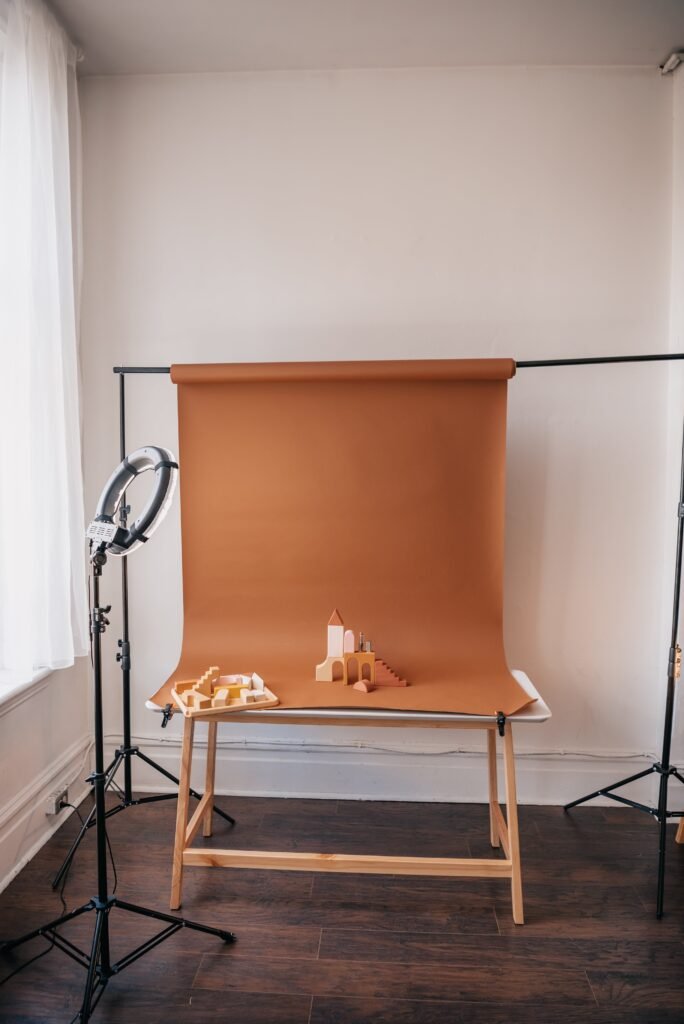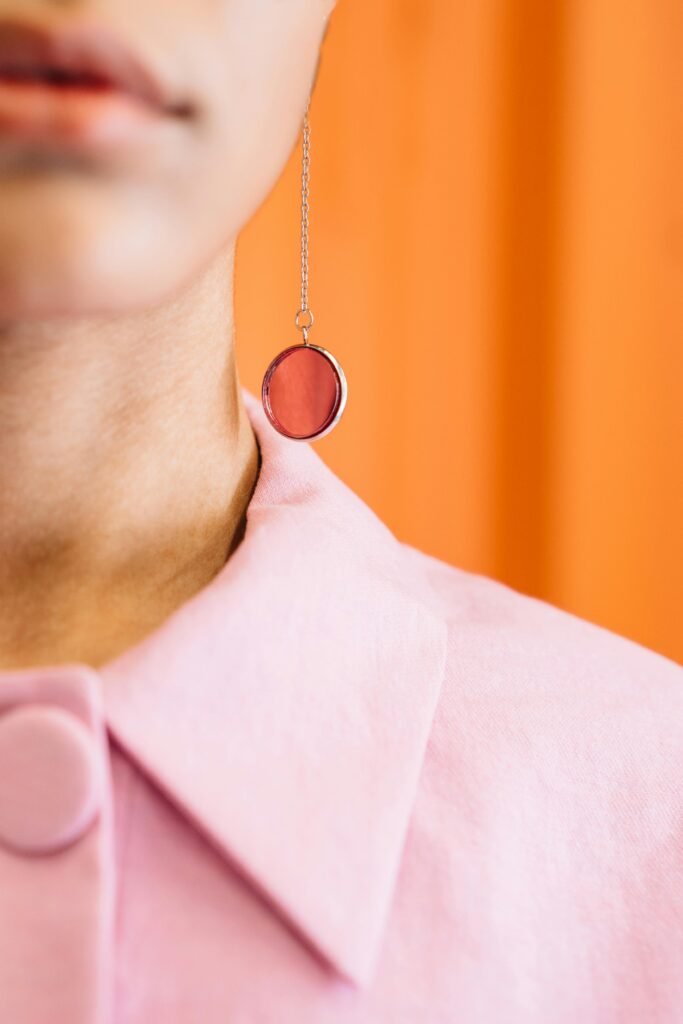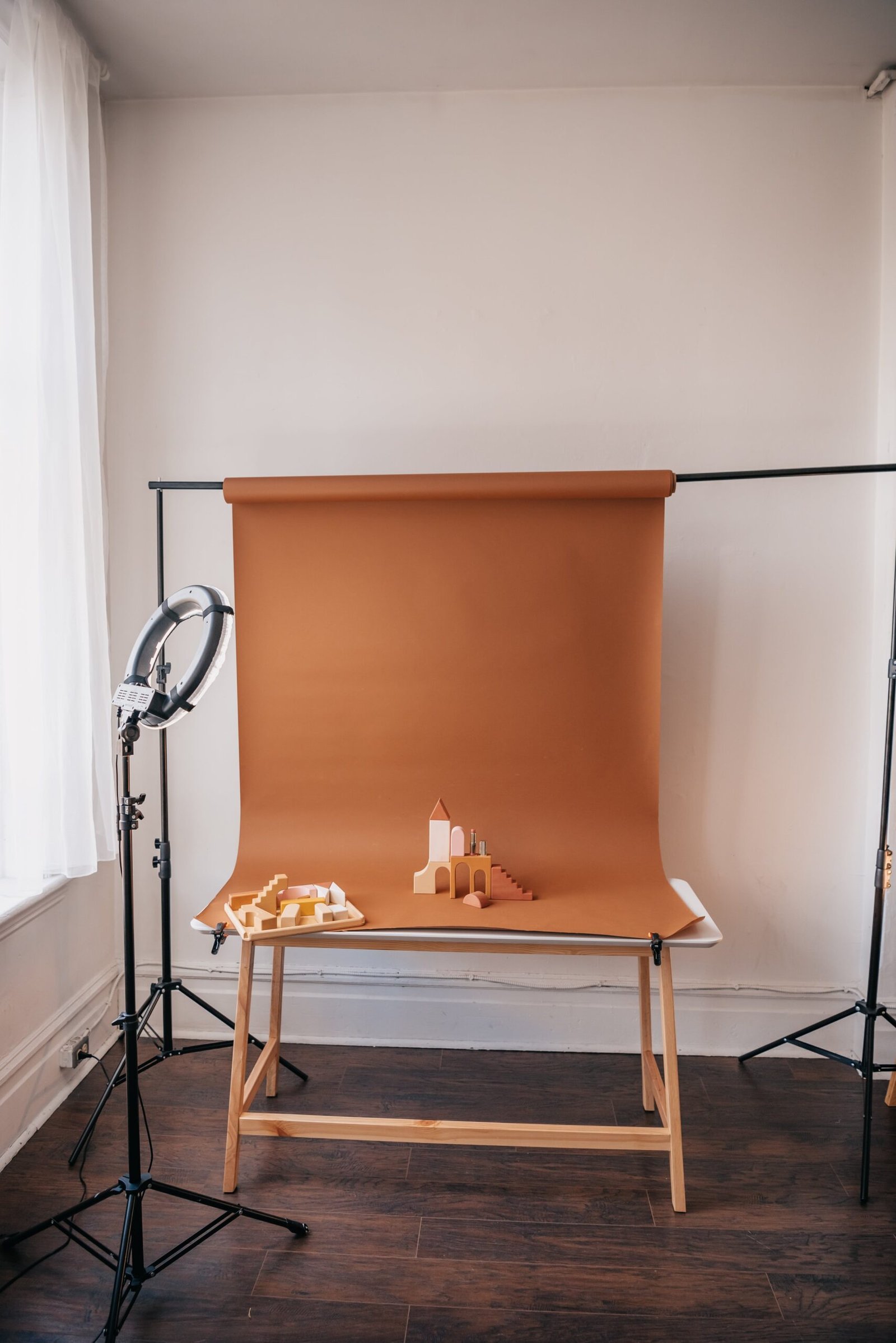Are you looking to update your kitchen with new light fixtures? Choosing the right ones can make a big difference in not only the functionality of your kitchen but also the overall aesthetic. With so many options to choose from, it can be a bit overwhelming. That’s why we’re here to help! In this article, we’ll give you some top tips on how to choose the perfect kitchen light fixtures that will not only brighten up your space but also enhance its style. Whether you’re a seasoned interior design enthusiast or just starting out, these tips will surely guide you towards making the best decision for your kitchen.
1. Consider Your Kitchen Style
Your kitchen style plays a significant role in determining the type of light fixtures that will best complement the overall aesthetic. There are three main kitchen styles to consider: traditional, modern, and transitional.
1.1 Traditional Style
If your kitchen is designed in a traditional style, you’ll want to choose light fixtures that exude a classic charm. Think of chandeliers or pendant lights with intricate designs, adorned with crystals or ornate details. Traditional style often incorporates warmer colors and textures, so consider light fixtures with warm finishes like bronze or brass.
1.2 Modern Style
For a sleek and contemporary kitchen, opt for light fixtures that embody a modern aesthetic. Look for minimalist designs with clean lines and a minimalist color palette. Pendant lights with geometric shapes, recessed lighting, or track lighting that allows for adjustable illumination are great choices for modern kitchens. Consider fixtures with finishes like chrome or brushed nickel to achieve a polished and modern look.
1.3 Transitional Style
Transitional style strikes a balance between traditional and modern elements. If your kitchen falls into this category, look for light fixtures that combine classic and contemporary features. Consider chandeliers or pendant lights with simple designs and clean lines, but with a touch of elegance such as a crystal accent. Bronze or brushed nickel finishes are versatile options that complement transitional kitchens.
2. Determine the Purpose of Lighting
Before selecting light fixtures for your kitchen, it’s essential to evaluate the purpose of lighting. Kitchen lighting serves different functions, including general lighting, task lighting, and accent lighting.
2.1 General Lighting
General lighting refers to the overall illumination of your kitchen. It provides a comfortable level of brightness for everyday activities. Ceiling-mounted fixtures, such as flush-mount or semi-flush mount lights, are excellent options for general lighting. Recessed lights strategically placed across the ceiling can also provide even and widespread illumination.
2.2 Task Lighting
Task lighting focuses on specific work areas in your kitchen, such as the countertop, sink, or stove. This type of lighting ensures adequate illumination for tasks like food preparation or cooking. Under-cabinet lighting is a popular choice for task lighting, as it brightens up work surfaces without casting shadows. Pendant lights or adjustable track lighting can also be used to target specific task areas.
2.3 Accent Lighting
Accent lighting adds a touch of drama and highlights specific features or decorative elements in your kitchen. It creates a cozy and inviting ambiance. Consider using recessed lights or spotlights to illuminate artwork, display shelves, or architectural details. Cabinet lighting can also be utilized to showcase glassware or china.

This image is property of images.pexels.com.
3. Evaluate the Size of Your Kitchen
The size of your kitchen will dictate the number and placement of light fixtures needed for optimal illumination. Consider the following categories based on kitchen size: small, medium, and large.
3.1 Small Kitchen
In a small kitchen, it’s important to maximize space and minimize clutter. Opt for light fixtures that don’t take up too much visual space. Recessed lights or track lighting that blends into the ceiling can provide a clean and unobtrusive lighting solution. Additionally, under-cabinet lighting can help brighten up the workspace without occupying valuable counter space.
3.2 Medium Kitchen
Medium-sized kitchens offer more flexibility in terms of lighting options. In addition to general lighting, consider adding pendant lights or a chandelier over the dining area to create a focal point. Task lighting can be achieved with under-cabinet lighting or a combination of recessed lights and pendant lights. It’s important to strike a balance between functionality and aesthetics in a medium-sized kitchen.
3.3 Large Kitchen
Large kitchens provide ample space for various lighting fixtures. Consider a combination of ceiling-mounted fixtures and pendant lights to ensure sufficient general lighting. Incorporating a mix of recessed lights and track lighting can provide task lighting in specific work areas. Additionally, accent lighting can be used to highlight architectural features or create a warm ambiance. Take advantage of the size of your kitchen to experiment with different lighting techniques and layering.
4. Assess the Ceiling Height
The height of your kitchen ceiling plays a role in determining the type of light fixtures that will work best. Consider the following categories: low ceilings, standard ceilings, and high ceilings.
4.1 Low Ceilings
For kitchens with low ceilings, it’s crucial to choose light fixtures that don’t hang too low and create a cramped feeling. Flush-mount or semi-flush mount fixtures are ideal options as they sit directly against the ceiling, saving vertical space. Recessed lights can also be used to create the illusion of higher ceilings while providing sufficient illumination.
4.2 Standard Ceilings
Standard ceiling heights offer versatility when selecting light fixtures. Pendant lights or chandeliers can be hung at an appropriate height, creating a focal point and adding visual interest. Recessed lights or track lighting can be used for general lighting without interfering with the overall space. This category allows for a wide range of light fixture options, depending on your personal style and preferences.
4.3 High Ceilings
High ceilings provide a grand and spacious atmosphere in a kitchen. If you have high ceilings, take advantage of the vertical space by choosing light fixtures that make a statement. Large chandeliers or pendant lights with long chains can draw attention and create a dramatic effect. Recessed lights in combination with pendant lights can provide ample general lighting without overwhelming the space. Install adjustable track lighting to effectively target specific areas in a grand kitchen with high ceilings.

This image is property of images.pexels.com.
5. Consider the Light Fixture Type
Selecting the right light fixture type is crucial in achieving the desired lighting effect and functionality in your kitchen. Consider these options: ceiling-mounted fixtures, pendant lights, track lighting, and under cabinet lighting.
5.1 Ceiling-Mounted Fixtures
Ceiling-mounted fixtures, such as flush-mount or semi-flush mount lights, are versatile options for general lighting. They provide even illumination throughout the kitchen and can be found in a variety of styles to match your kitchen decor. These fixtures are typically installed directly onto the ceiling and don’t hang down, making them a practical choice for kitchens with low ceilings or limited space.
5.2 Pendant Lights
Pendant lights are suspended from the ceiling by a chain, rod, or cord. They add a decorative element to your kitchen and can be used for both general and task lighting. Pendant lights are available in various styles, from classic to modern, allowing you to find the perfect match for your kitchen style. Hang a single pendant light over a kitchen island or dining table, or group several together for a more dramatic effect.
5.3 Track Lighting
Track lighting consists of multiple adjustable light fixtures mounted on a track. It offers flexibility in directing light to specific areas, making it an excellent choice for task lighting or accent lighting. The track can be positioned to highlight specific kitchen features or work areas. Track lighting is available in different styles, allowing for customization to suit your kitchen decor.
5.4 Under Cabinet Lighting
Under-cabinet lighting is installed underneath kitchen cabinets, illuminating the countertop surface. It provides task lighting for activities like food preparation or cooking. LED strip lights are a popular choice for under-cabinet lighting due to their energy efficiency, low heat output, and ease of installation. Under-cabinet lighting helps eliminate shadows and enhances visibility in the workspace.
6. Choose the Right Bulb Type
Selecting the right bulb type for your light fixtures is essential for achieving the desired lighting quality, energy efficiency, and lifespan. Consider these options: incandescent bulbs, halogen bulbs, compact fluorescent bulbs (CFL), and LED bulbs.
6.1 Incandescent Bulbs
Incandescent bulbs are the traditional choice for light fixtures. They emit a warm, soft light and are available in various shapes and sizes. However, incandescent bulbs are the least energy-efficient option and have a relatively short lifespan compared to other bulb types.
6.2 Halogen Bulbs
Halogen bulbs are an upgraded version of incandescent bulbs, providing a brighter and whiter light. They are more energy-efficient and have a longer lifespan. Halogen bulbs are available in different shapes and styles, making them compatible with various light fixtures. However, they can generate more heat than other bulb types, so caution must be taken when installing them in enclosed fixtures.
6.3 Compact Fluorescent Bulbs
Compact fluorescent bulbs (CFL) are a more energy-efficient alternative to incandescent bulbs. They consume less energy and last much longer. CFL bulbs come in different color temperatures, ranging from warm to cool light. They are available in various shapes and sizes, making them suitable for a range of light fixture types. However, CFL bulbs contain mercury and require proper recycling at the end of their lifespan.
6.4 LED Bulbs
LED bulbs are the most energy-efficient and long-lasting option on the market. They consume significantly less energy and can last for decades, making them a sustainable choice. LED bulbs come in a wide range of color temperatures, allowing you to customize the lighting ambiance in your kitchen. They are available in various shapes and sizes, compatible with most light fixtures. Although LED bulbs initially have a higher upfront cost, the long-term energy savings and lifespan make them a wise investment.

This image is property of images.pexels.com.
7. Determine the Lighting Brightness
Lighting brightness is an essential consideration when selecting light fixtures for your kitchen. Consider the following factors: lumens vs. watts and warm vs. cool light.
7.1 Lumens vs. Watts
Traditionally, the brightness of light bulbs was measured in watts. However, with the introduction of energy-efficient bulbs, lumens have become the standard unit of measurement for brightness. When choosing light fixtures, focus on the lumen output rather than the wattage. Higher lumens indicate greater brightness, while lower lumens provide softer and more ambient lighting.
7.2 Warm vs. Cool Light
The color temperature of light is measured in kelvin. Warm light typically falls within the range of 2700K to 3000K, resembling the warmth of traditional incandescent bulbs. Cool light ranges from 3500K to 5000K and emits a brighter, whiter light. When choosing light fixtures, consider the desired ambiance and functionality of your kitchen. Warm light creates a cozy and inviting atmosphere, while cool light enhances visibility and provides a more modern aesthetic.
8. Select the Suitable Light Color
The selection of light color can greatly impact the overall ambiance and appearance of your kitchen. Consider these options: warm white, cool white, and daylight.
8.1 Warm White
Warm white light creates a cozy and welcoming atmosphere. It closely resembles the soft, warm glow of incandescent bulbs. This light color is ideal for kitchens with traditional or rustic designs, as it adds a touch of warmth and comfort to the space. Warm white light is commonly achieved with bulbs in the range of 2700K to 3000K.
8.2 Cool White
Cool white light emits a bright and crisp illumination. It is often associated with a modern and clean aesthetic. Cool white light enhances visibility and is suitable for kitchens with a contemporary or minimalist design. This light color can range from 3500K to 5000K, providing a cooler and more refreshing ambiance.
8.3 Daylight
Daylight light color closely mimics natural daylight. It provides a bright and energizing illumination, making it a popular choice for kitchens. Daylight bulbs emit a cool white light that ranges from 5000K to 6500K. This light color is ideal for kitchens with ample natural light or for those who prefer a vibrant and refreshing atmosphere.
9. Evaluate the Energy Efficiency
Considering the energy efficiency of your chosen light fixtures is not only beneficial for the environment but also for your electricity bill. Evaluate these factors: Energy Star certification and energy consumption.
9.1 Energy Star Certification
Look for light fixtures that have received the Energy Star certification. This certification ensures that the fixtures meet specific energy efficiency and performance standards set by the Environmental Protection Agency (EPA). Energy Star-certified fixtures not only consume less energy but also provide high-quality lighting.
9.2 Energy Consumption
Consider the energy consumption of both the bulbs and the light fixtures themselves. LED bulbs are the most energy-efficient bulb type, consuming significantly less electricity than incandescent or halogen bulbs. Additionally, choose light fixtures that utilize energy-saving technologies, such as motion sensors or dimmers, to further reduce energy consumption.
10. Consider Your Budget
Lastly, it’s important to consider your budget when selecting light fixtures for your kitchen. The cost of fixtures can vary greatly depending on the brand, quality, and design. Consider these aspects: fixture cost and maintenance cost.
10.1 Fixture Cost
The cost of light fixtures can range from budget-friendly options to high-end designs. Determine your budget and research different brands and styles to find the best fit. Remember that investing in high-quality fixtures can often provide better longevity and performance.
10.2 Maintenance Cost
In addition to the initial fixture cost, consider the potential maintenance cost. LED bulbs are known for their long lifespan and minimal maintenance requirements. On the other hand, incandescent or halogen bulbs may need to be replaced more frequently, resulting in higher long-term maintenance costs.
By considering these ten factors when choosing kitchen light fixtures, you can create a beautifully illuminated space that perfectly suits your style, functionality, and budget. Remember, lighting plays a crucial role in enhancing the overall ambiance and functionality of your kitchen, so take your time and make informed decisions to achieve the best results.
